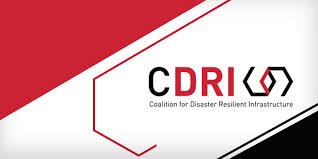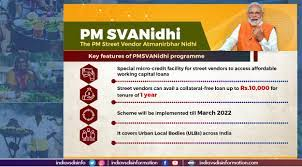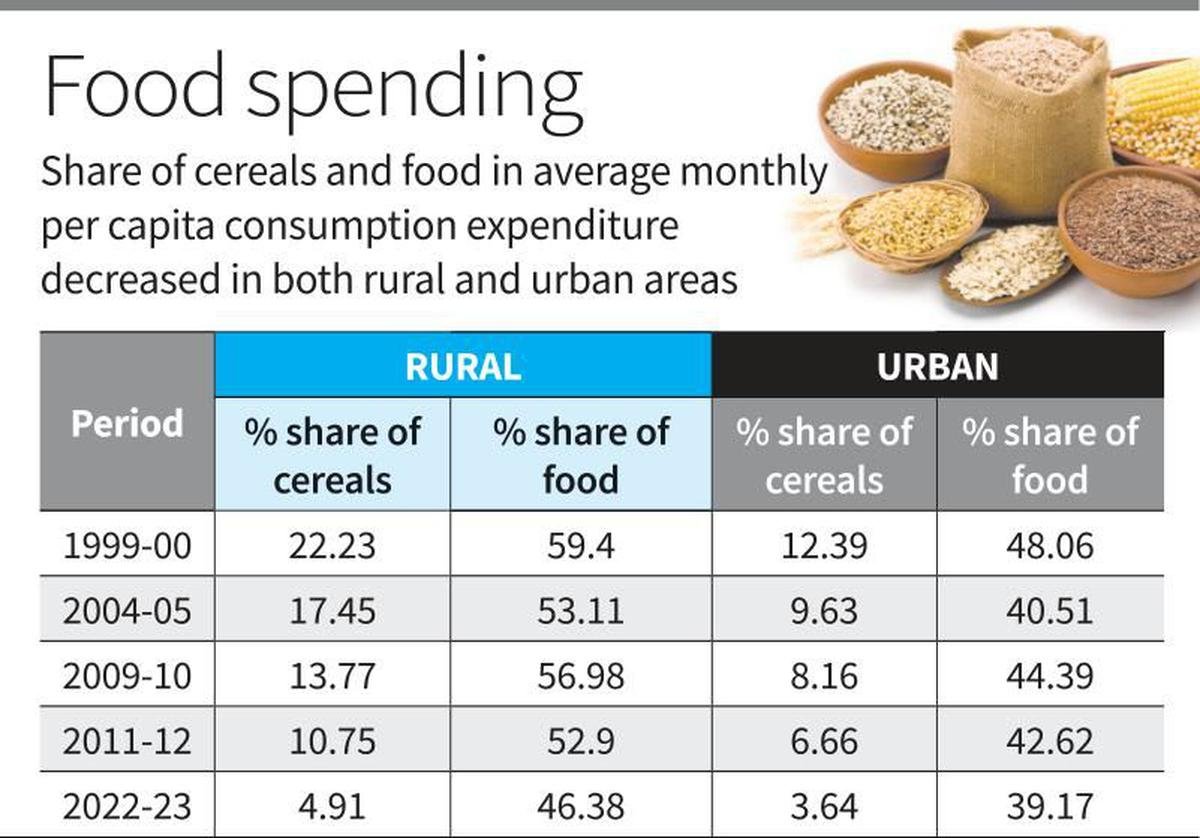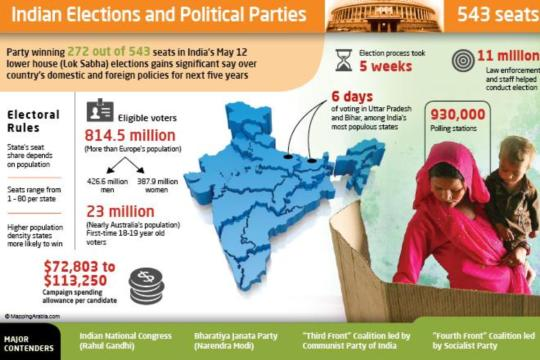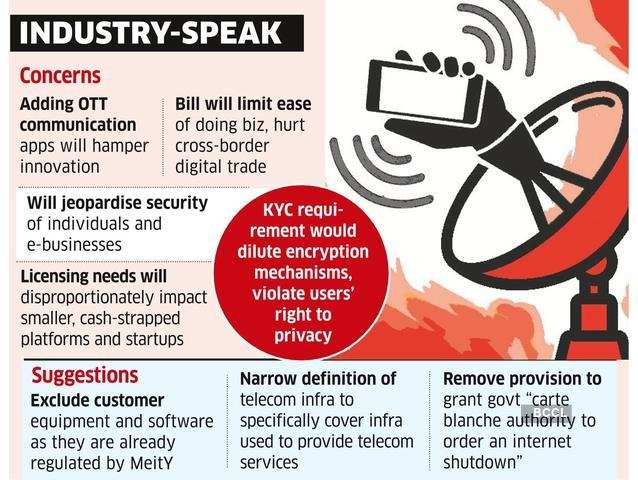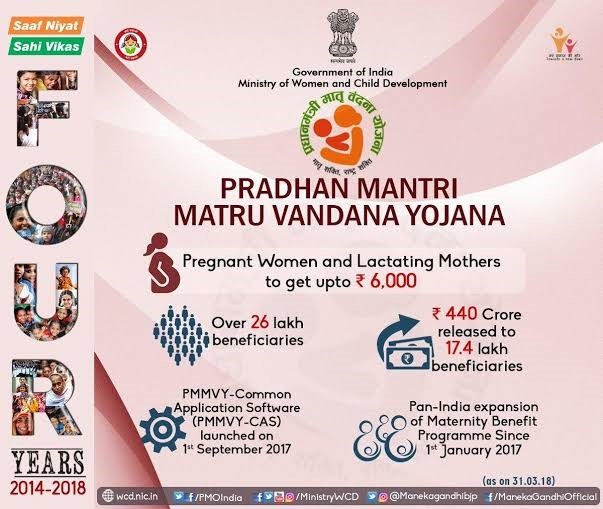
Chandigarh Mayor’s Election | Article 142 of IC
Subscribers of "Current Affairs" course can Download Daily Current Affairs in PDF/DOC
Subscribe to Never Miss an Important Update! Assured Discounts on New Products!
Must Join PMF IAS Telegram Channel & PMF IAS History Telegram Channel
- Context (TH I IE I IE): The SC has quashed the result of the election for the Mayor of Chandigarh.
- The presiding officer had invalidated eight ballots cast in favour of the AAP-Congress candidate.
- The opposition approached the Punjab and Haryana HC and later the SC, with videos showing his alleged interference with ballot papers.
S.C’s Observation and Ruling
- The SC had said it would “not allow democracy to be murdered”.
- “It was obvious he (Presiding Officer) defaced the ballot papers”.
- SC set aside the result as “contrary to law”.
- SC Declared opposition candidate as the “validly elected candidate”,
- SC refused to quash the election process itself saying there can be chances of Horse Trading during re-elections.
- The SC used the powers under Article 142 of IC.
Article 142 of IC
Significant cases where Article 142 was invoked
|
Who is a Mayor?
- The mayor is the head of an urban local body (ULB), which is responsible for providing essential services and infrastructure to the residents of a city or town.
- The mayor is usually elected by the members of the Municipal Corporation or Council.
- He/She serves as the ceremonial head of the local government.
|
History of Mayor’s elections in India
- Municipal corporation in India was introduced during British Rule with formation of municipal corporation in Madras (Chennai) in 1688, Bombay (Mumbai) and Calcutta (Kolkata) in 1762.
- The process of introduction for an elected President in the was made in Lord Mayo’s Resolution of 1870.
- Current form and structure of municipal bodies is similar to Lord Ripon’s Resolution (1882) on local self-governance.
- The 74th CAA of 1992 provided for the transfer of different powers to ULBs, including the election of a mayor and to recognise them which included Municipal Corporations, Nagar Panchayats, and Municipal Councils.
Roles and Responsibilities
- Governs the local civic body.
- First citizen of city.
- Has two varied roles-
- Representation and upholding of the dignity of the city during ceremonial times and
- Presiding over discussions of the civic house with elected representatives in functional capacity.
Problems with the office of Mayor
- Head of the municipal corporation, the mayor, functions merely as a ceremonial authority.
- Short tenure of mayors in many states is hardly enough to create lasting changes in a large metropolis.
- Sometimes, directly elected mayors run into corporations dominated by members of rival political parties creating difficulty in day to day governance.
Ceremonial Vs Real Powers
|
Elections and tenure
- At present, mayors are elected by city councillors who themselves are directly elected by urban voters.
- The method of electing mayor and their tenure varies for each city in India.
- In Bengaluru (Karnataka) the election process is indirect with a tenure being for one year.
- In Mumbai (Maharashtra) it follows indirect elections with tenure for 2.5 years and Bhopal (Madhya Pradesh) follows a directly elected mayor with a term for 5 years.
- A private member’s bill introduced in the parliament provided for direct election, and empowerment of the office, of mayors in large Indian cities.
- Direct elections are considered as a pre-requisite for the ‘strong mayor’ model.
Why demand for Direct Election?
- Intra-state variation: Most of the time Mayors to respective cities are elected indirectly, but this varies state to state.
- States of MP, CH, RJ and TN conduct indirect elections for Mayor and have used the excuse of poor performance of ULBs as a justification to replace direct election.
- In states like Uttrakhand and Jharkhand Mayors are elected by direct elections.
- In none of the mega cities of India, mayors are directly elected.
- Accountability: Currently multiple civic agencies operate in cities which creates accountability issues; an elected Mayor can be directly held accountable.
- Fixed Tenures: Fixed tenures for mayors offer greater continuity as opposed to state-appointed bureaucrats who can be abruptly transferred.
- Entire City VS Specific ward: In the current model, councillor elections are held at the ward level and are based on hyper-local issues, which may not resonate with the whole city.
- A directly elected mayor would ensure a focus on the problems of the entire city.
Need for Election for Mayors to be conducted on Non-Party Lines
- The main task of the bodies is to handle problems concerning sanitation, water supply and solid waste management and in such places political ideologies hardly matter.
- Even in water supply and sewerage, the role of the municipal corporations has got reduced as there are entities exclusively for this purpose. Delhi too has a Jal Board, headed by the CM.
- CMs do not want strong ULB chiefs, if the person happens to be from their party. If the polls are held on non-party lines with direct elections for chiefs of ULBs, a new crop of leaders will emerge outside the political class.
- Well-educated and youngsters will be encouraged to take part in the election process.
- More importantly, municipal elections will become cheaper as there will be no need for competitive spending by nominees of rival parties.
- Further, if Mayors do not perform, then political representative of the area including MLA and MP will not be held responsible for their wrong doings.
Challenges Associated with Directly elected Mayors
- State governments do not wish to delegate more authority to city-level institutions.
- Even if directly elected, the state governments can refuse to devolve power and resources.
- The nature of election notwithstanding, the governments have municipal commissioners to perform the executive functions, again cutting the mayor to size.
- A legislator will always see the directly elected and empowered mayor as a potential future rival and will do everything to undercut his authority.
- Elected mayors may blur the lines between the three tiers of government: the Union, the states and the local self-governments.
Constitutional and legal provisions related to ULBs in India
- IC and the statutory laws passed by the Parliament and the state legislatures regulate the functioning of ULBs. These include-
- Part IXA and 12th Schedule of the IC: This part deals with the “Municipalities”. It lays down the provisions for the establishment of municipalities at the district and metropolitan levels.
- The State Municipal Acts: Each state in India has its own Municipal Act, which provides the legal framework for the functioning of ULBs in that state.
- The Metro Railways (Construction of Works) Act, 1978: It provides for
- The construction and maintenance of rapid transit systems in metropolitan cities.
- Establishing a Metro Railways Administration to oversee the construction and operation of these systems.
Structure of ULBs in India
- The Urban Local Government consists of eight types of ULBs.
Municipal Corporation
- These are usually found in big cities such as Bangalore, Delhi, Mumbai, Kolkata, etc.
Municipality
- The smaller cities tend to have the provision of municipalities.
- The Municipalities are often called upon by other names such as the municipal council, municipal committee, municipal board, etc.
Notified Area Committee / Nagar Panchayat
- These are set up for the fast-developing towns and the towns lacking the basic amenities.
- All the members of the notified area committee are nominated by the state government.
Town Area Committee
- The town area committee is found in the small towns.
- It has minimal authority such as street lighting, drainage roads, and conservancy.
Cantonment Board
- It is usually set up for a civilian population living in the cantonment area.
- It is created and run by the central government.
Township
- It is another form of urban government to provide basic facilities to the staff and workers living in the colonies established near the plant.
- It has no elected members and is merely an extension of the bureaucratic structure.
Port Trust
- Port trusts are established in the port areas such as Mumbai, Chennai, Kolkata, etc.
- It manages and takes care of the port.
- It also provides basic civic amenities to the people living in that area.
Special Purpose Agency
- These agencies undertake the designated activities or specific functions belonging to the municipal corporations or municipalities.
Issues related to Urban Local Bodies
- Urban governance in its current form is fraught with inefficiency, mismanagement and overlapping jurisdiction of executive and political authorities.
- Empowered Mayors: Powers of Mayors in Municipal Corporation is somewhat restricted and is shared with Municipal Commissioner who is an executive authority.
- Metros have been deprived of empowered Mayors who can raise efficiency, productivity and liveability conditions of city.
- Excessive State Control: Strict control turns out to be negative and restricts the functioning of these bodies.
- State government should provide guidance and support through the control mechanism,
- Financial condition: Most serious problem facing the ULBs is the acute scarcity of finance. City municipalities do not collect enough taxes.
- The Economic Survey pointed out municipalities do not realise the full potential of property tax.
- Poor governance: Failure of municipal governance. There is a lack of planning and governance at the ULB level.
- Corruption: In the case of most of the bodies, the state government is empowered to take disciplinary action and the ULB has very little control over its personnel.
- Urban planning: Urban planning is done at the state government level and municipalities have little or no role in it. There is no direct responsibility for the consequences of planning as long as the municipality completes the plan.
- Poor planning, poor accountability, and poor governance have led to disasters.
- Lack of coordination: Poor coordination among centre, state, and various departments at local level lead to poor implementation of urban policies.
- Irregular Elections: Elections to urban bodies have suffered constant postponement for indefinite lengths of time.
- In some States, elections to ULBs have not been held for years, defeating the goal of decentralised governance.
- Lack of management capacity: Indian municipalities do not have the management capacity to either plan economic activity or execute it.
- The system of recruitment fails to bring in the best officers.
- Several vacancies are not filled for years and transfers are effected at the free will of the senior bureaucrats and the government.
- Low level of People’s Participation: Despite a relatively higher level of literacy and educational standard, city dwellers do not take adequate interest in the functioning of the ULBs.
- The multiplicity of special purpose agencies and other urban bodies confuses the public about their role boundaries.
- Shortcomings of State Finance Commissions: Inefficient functioning of SFCs has affected the ability of ULBs to augment financial resources.
- The recommendation made by SFCs are largely adhoc in nature and not based on sound public finance principles.
- Implication due to introduction of GST: GST has taken away critical resources of tax revenue such as octroi, local body tax, entry tax and advertisements tax for ULBs.
Economic Survey, 2017-18 on ULBs
|
Measures to strengthen ULBs in India
- Greater autonomy: The ULBs should be given greater autonomy. A devolved model that empowers ULBs and more autonomy can deliver quality service.
- Governance Reforms: Governance reform are needed as catalyst for change-
- The adoption of a common categorisation of ULBs across the country to assist a systematic planning process and devolution of funds.
- All areas having population more than 10 lakh should be defined metropolitan areas.
- Encouraging public-private partnership: Successful PPP programs should be formulated at both state and city levels to fund city development.
- Holistic approach: It is important to integrate various urban development and related programs at local, state and national levels to develop sustainable city or metropolitan regions.
- Financially Independent ULBs: For the ULB to be independent and financially secure, fiscal decentralisation is very crucial.
- Strengthening Municipal Revenue: All Finance Commissions (FCs) have recognized the need to augment property tax revenue to improve municipal finances-
- The 12th FCs encouraged the use of the Geographical Information System (GIS) and digitization to improve property tax administration.
- The 13th FCs mandated the setting up of the State Property Tax Board as one of the conditions necessary for performance grant eligibility of states.
- The 14th Finance Commission recommended that municipalities be enabled to levy vacant land tax.
|
- Better Financial Database: Lack of maintenance and audit of accounts at the local level leaves no verifiable financial data for municipalities leading to a denial of performance grants.
- Both the 13th and the 14th FCs included better data availability as a conditionality for accessing performance grants.
- Ensuring Active Citizen Participation: For transparency and accountability in the governance process, there needs to be active citizen participation.
- Creation functional, decentralised platforms such as area sabhas and ward committees, which facilitate discussion, deliberation between elected representatives and citizens.
- Creating Citizen Grievance Redressal Mechanism: ULBs can establish a technology-enabled platform to register complaints, making ULBs responsive to the needs of citizens.
2nd ARC on Urban Governance
- Metropolitan Planning Committee (MPC): MPC be established for each metropolitan area to-
- Prepare a draft development plan for the area,
- Review the plans prepared by local planning authorities, and
- Coordinate the development plans of various local bodies in the area.
- Unified Metropolitan Transport Authority (UMTA): Creation of UMTAs in metropolitan areas to integrate and manage public transportation services and to improve traffic management.
- Strengthening of Municipalities: Municipalities be given more financial autonomy and that their functions be decentralized to the ward level to make them more accountable to citizens.
- National Urban Development and Housing Fund (NUDHF): Creation of NUDHF to provide financial assistance to state governments for urban development and housing projects.
- Public-Private Partnerships (PPPs): Promotion of PPPs in urban development projects to bring in private sector expertise and investments.
- E-governance: E-governance be introduced in ULBs to improve transparency, efficiency, and citizen participation in governance.
Recommendations made by NITI Aayog
- Empowering local governments: The local governments should be empowered to take decisions and execute projects related to urban planning, development, and service delivery.
- This would require decentralization of powers and resources.
- Creating a single point of accountability: A single point of accountability be created which will be responsible for coordinating and monitoring the activities of various agencies.
- Improving financial management: ULBs should be given more financial autonomy and that they should be encouraged to generate their own revenue through taxes and user charges.
- This would require reforms in the financial management systems of local governments.
- Strengthening citizen participation: Citizen participation be strengthened in urban governance through the creation of ward committees and other mechanisms.
- Enhancing capacity building: The capacity building programs be developed for local government officials, urban planners, and other stakeholders involved in urban governance.
What are some of the successful ULBs in India?
- There are several examples of successful urban local bodies (ULBs) in India:
- Ahmedabad Municipal Corporation: The AMC has implemented several innovative initiatives to improve the quality of life for its citizens, including the Ahmedabad Janmarg Limited (AJL), a PPP that operates a network of bus rapid transit corridors.
- Pune Municipal Corporation: The PMC has been recognized for its effective waste management practices, including the implementation of a door-to-door waste collection system and the establishment of a waste segregation and processing facility.
- Surat Municipal Corporation: The SMC has implemented various initiatives with the use of technology to track the progress of infrastructure projects and the establishment of a centralized control room to manage emergencies. The SMC has also developed a network of pedestrian-friendly streets and the establishment of a number of public parks.
Urban Governance Index-20222Urban governance index 2022 is a measure or ranking system that assesses the effectiveness of urban governance in various cities or regions. It evaluates factors related to governance, infrastructure, services and quality of life in urban areas. |





![PMF IAS Environment for UPSC 2022-23 [paperback] PMF IAS [Nov 30, 2021]…](https://pmfias.b-cdn.net/wp-content/uploads/2024/04/pmfiasenvironmentforupsc2022-23paperbackpmfiasnov302021.jpg)
